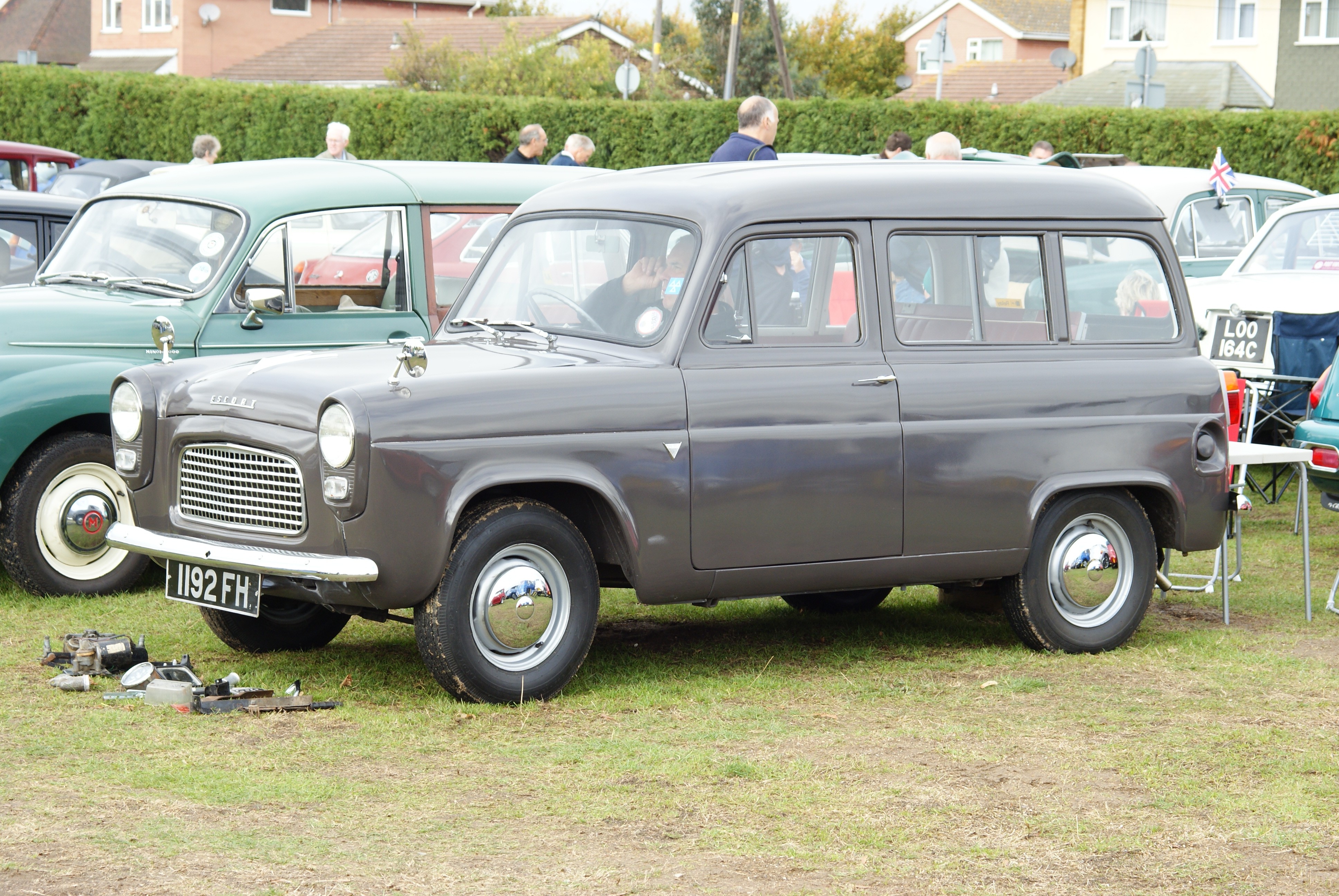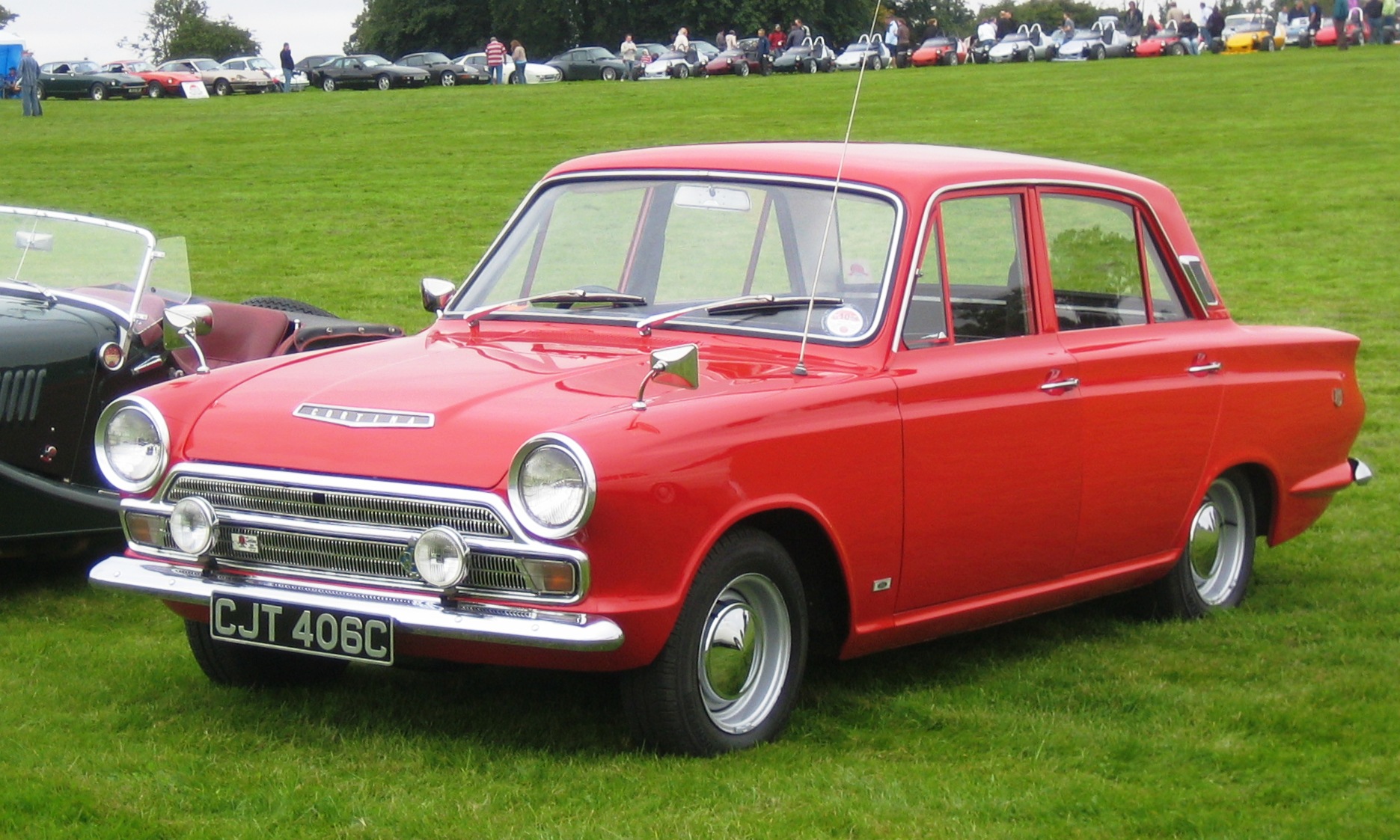|
Ford Escort Mark II
The Ford Escort is a small family car that was manufactured by Ford of Europe from 1968 until 2000. In total there were six generations, spread across three basic platforms beginning with the original rear-wheel drive Mk.1/Mk.2 (1968–1980), the "Erika" front wheel drive Mk.3/Mk.4 (1980–1990), and the final CE-14 Mk.5/Mk.6 (1990–2002) version. Its successor - the Ford Focus - was released in 1998, but the final generation of Escort was gradually phased out, with the panel van version ending production in 2002 in favour of the Ford Transit Connect. The Escort was frequently the best selling car in Britain during the 1980s and 1990s. A total of more than 4.1 million Escorts of all generations were sold there over a period of 33 years. In 2014, Ford revived the Escort name for a car based on the second-generation Ford Focus sold on the Chinese market. Naming Convention Whilst the Escort designation existed three basic platforms (and officially, the canon does not includ ... [...More Info...] [...Related Items...] OR: [Wikipedia] [Google] [Baidu] |
Ford Of Europe
Ford of Europe GmbH is a subsidiary company of Ford Motor Company founded in 1967 in Cork (city), Cork, Republic of Ireland, Ireland, with headquarters in Cologne, Germany. History Ford of Europe was founded in 1967 by the merger of Ford of Britain, Ford Germany, and Irish Henry Ford & Son Ltd divisions of the Ford Motor Company. The front-engined Ford Transit range of panel vans launched in 1965, was the first formal co-operation between the two entities, simultaneously developed to replace the Ford Transit#1953–1965, German Ford Taunus Transit and the British Ford Thames 400E. Prior to this, the two companies avoided marketing their vehicles in one another's domestic markets, and in much of the rest of western Europe were direct competitors, with totally separate product lines, despite being owned by the same American parent, in a similar manner to General Motors’ Opel and Vauxhall Motors, Vauxhall subsidiaries at the same time - indeed GM followed Ford's precedent in the ... [...More Info...] [...Related Items...] OR: [Wikipedia] [Google] [Baidu] |
Dagenham
Dagenham () is a town in East London, England, within the London Borough of Barking and Dagenham. Dagenham is centred east of Charing Cross. It was historically a rural parish in the Becontree Hundred of Essex, stretching from Hainault Forest in the north to the River Thames in the south. Dagenham remained mostly undeveloped until 1921, when the London County Council began construction of the large Becontree housing estate. The population significantly increased as people moved to the new housing in the early 20th century, with the parish of Dagenham becoming Dagenham Urban District in 1926 and the Municipal Borough of Dagenham in 1938. In 1965 Dagenham became part of Greater London when most of the historic parish become part of the London Borough of Barking. Dagenham was chosen as a location for industrial activity and is perhaps most famous for being the location of the Ford Dagenham motor car plant where the Ford sewing machinists strike of 1968 took place. Following the de ... [...More Info...] [...Related Items...] OR: [Wikipedia] [Google] [Baidu] |


